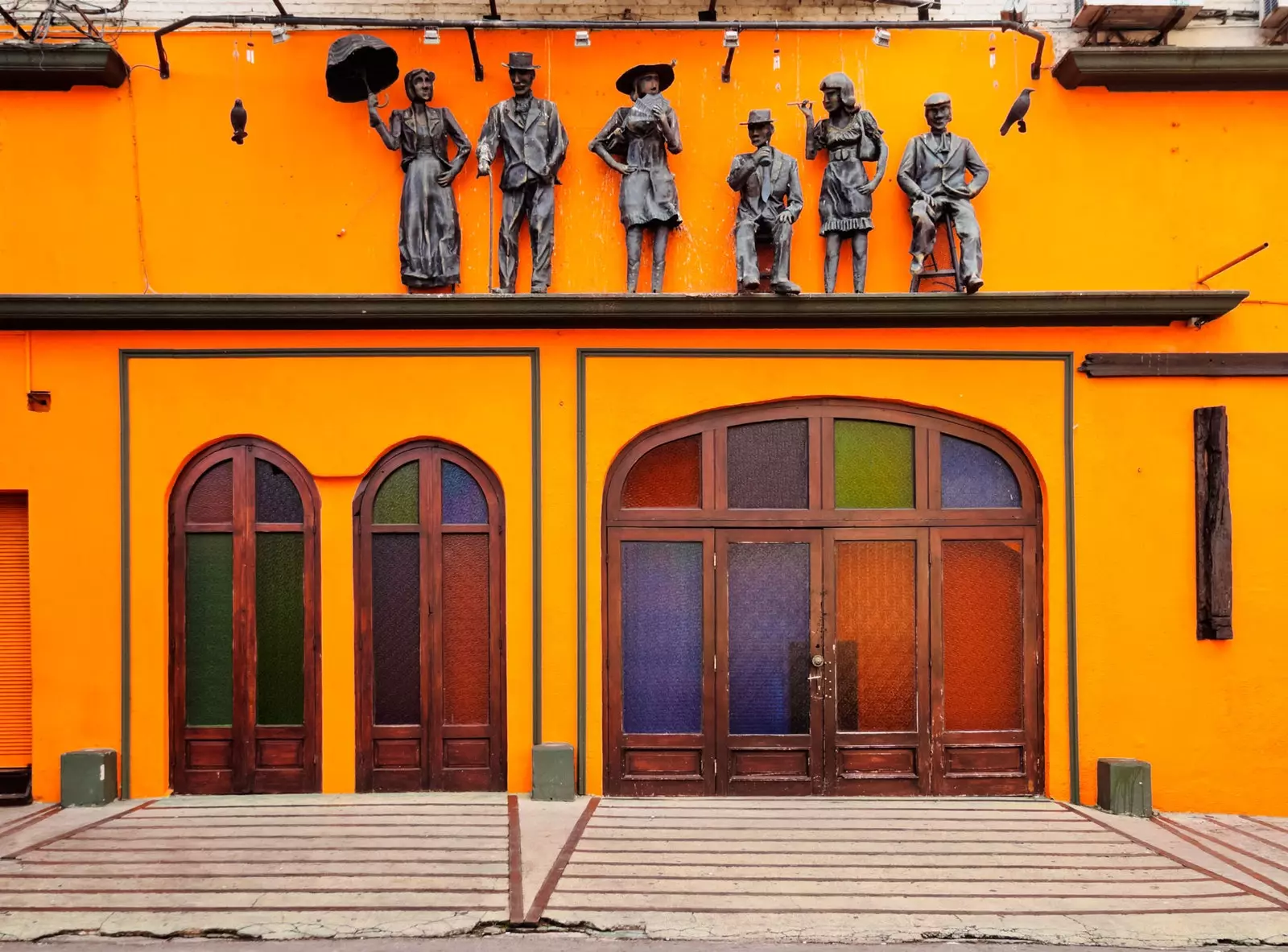
El Milongón: Dinner Show at El Cordón
If you want to know what is cooking in Uruguay. come over here Montevideo's new move is beating between the asphalt of 18 de Julio Avenue and Rodó Park, between Palermo and Pocitos.
The Cordón neighborhood binds the traveler and the local with its gastro scene, cultural effervescence and bowling fever (party girl) that spreads through its premises and its markets, the new temples of millennial leisure.
Everything that happens in the capital of the "little country" happened first here , at least from 7:00 p.m. But let's not rush, it's still early and there's still a lot of Montevideo to explore.
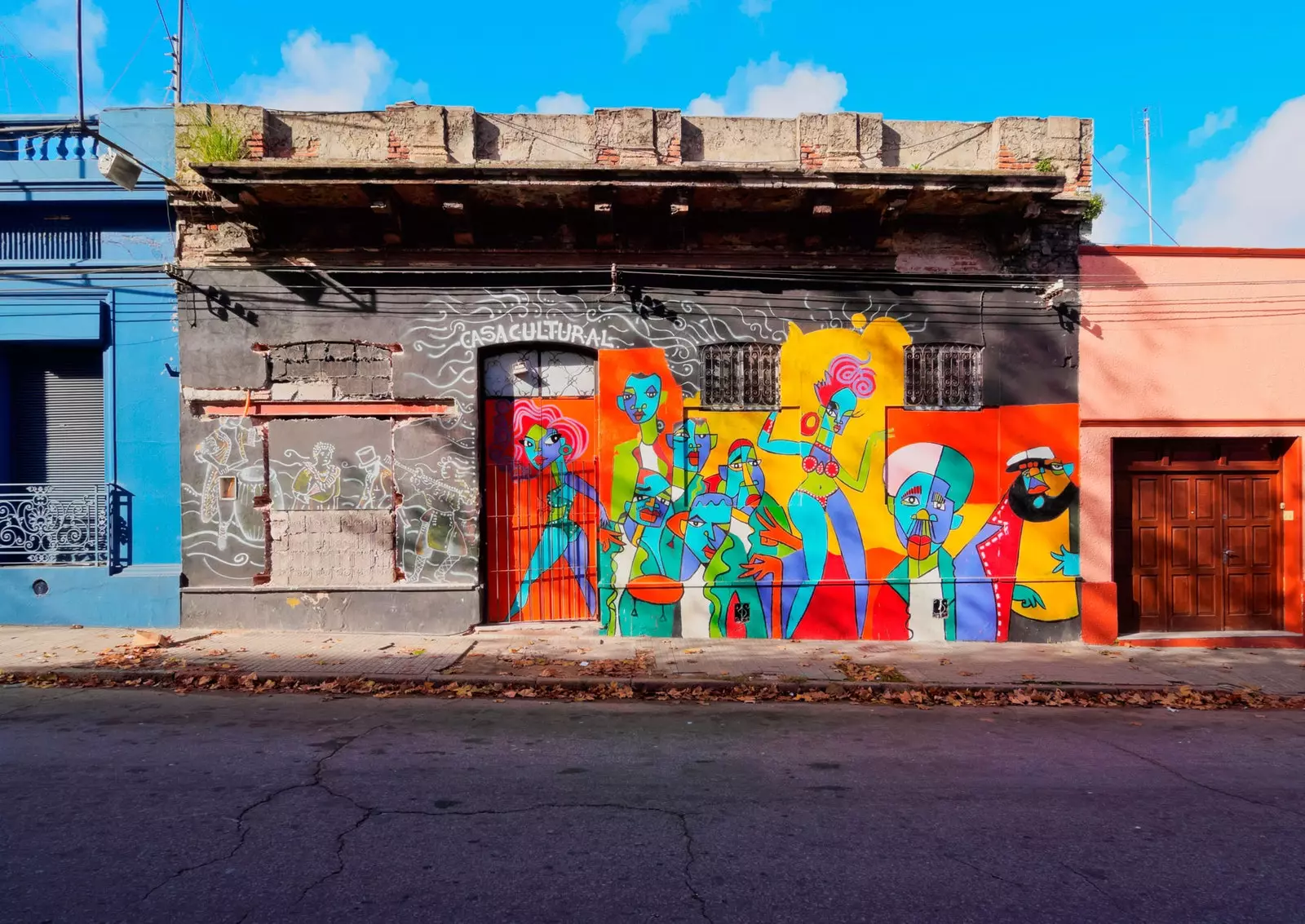
El Cordón was the first neighborhood to be created outside the walls of the old Citadel
MONUMENTAL AND DECADENT
Without pretentions. As if little mattered much or much mattered little. Uruguayans love to say that there is a “wave” in their city that is very different from that of Buenos Aires, on the other side of the Río de la Plata, much more frenetic and stressful.
As in the Argentine capital, in Montevideo, the asado is a religion, the mate flows like water and the tango does it like that seductive accent that always seems to whisper in your ear.
Here everything goes slower, more “calm”, either because of the inherent character of the charrúa or because marijuana has become as legitimate as the sound of candombe or murga, which resound in its parks and streets.
This is Montevideo (1,500,000 inhabitants), monumental city and at the same time with that decadent point that seduced the 1,051,593 visitors who came in 2018, according to data from Uruguay Tourism.
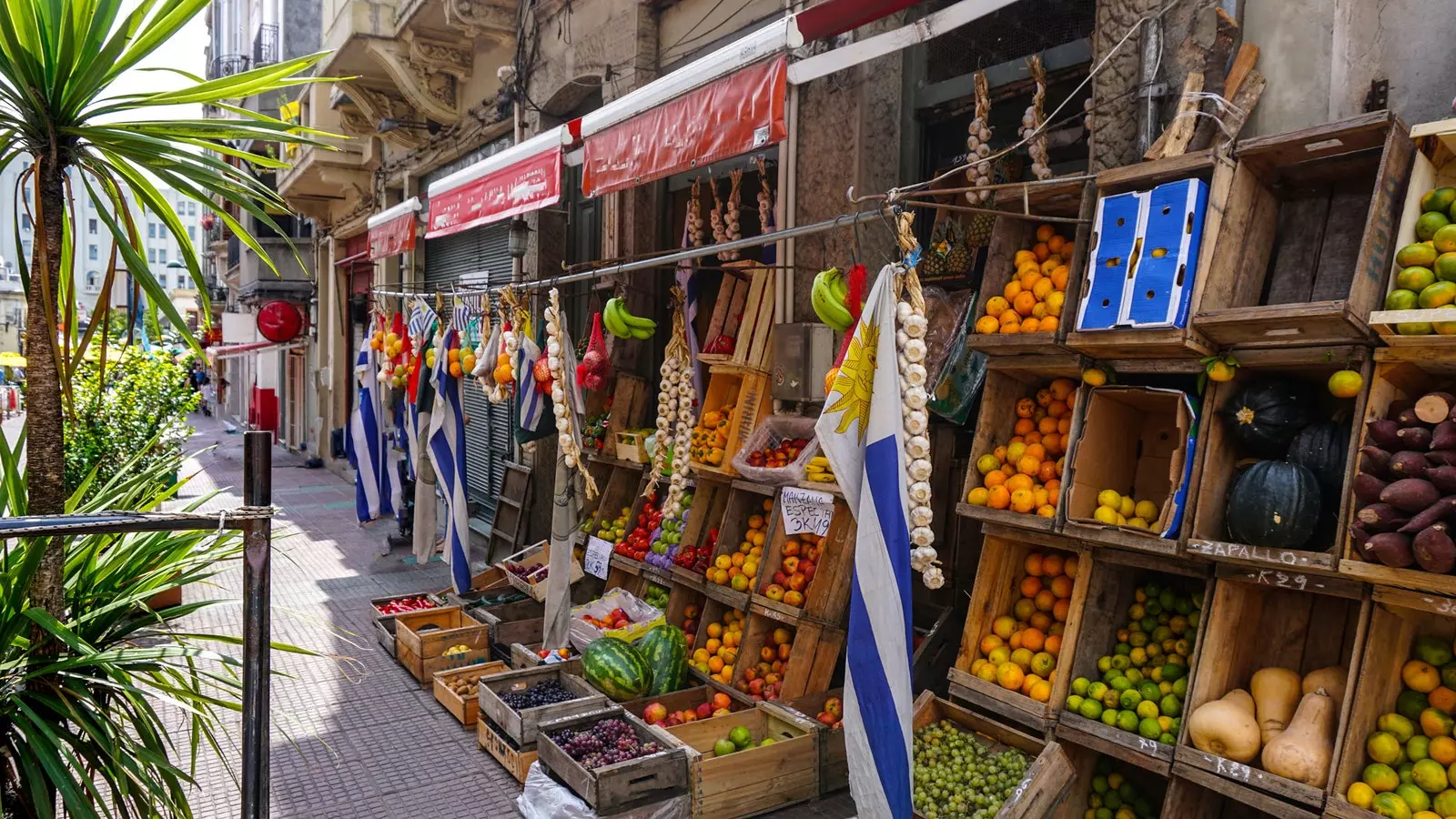
As if little mattered much or much mattered little
FROM THE PORT TO ABUNDANCE
Remember that it is now summer here, with temperatures around 30 degrees, and a walk through its streets becomes the best option to find out what is new and fall in love with its neighborhoods. We start with the Old City.
Pérez Castellano street leads us to the Mercado del Puerto, built in 1868. In this classic of firewood and Uruguayan meat, a musician always shows up with his guitar and his cante between the bars and the tables of the many restaurants that fight to seduce the best carnivore.
Gizzards, steak, strip cut, needle, rib, chorizo, black pudding... It's a matter of choosing and arriving hungry.
The restaurant Veronica Cabin It bears the name of its owner and "of the Picos de Europa mountain refuge", as this Uruguayan with Cantabrian roots affirms. After the homage to the meat we will toast with a refreshing “half and a half”, half white wine, half sparkling and we will continue along the Rambla, on the banks of the Río de la Plata.
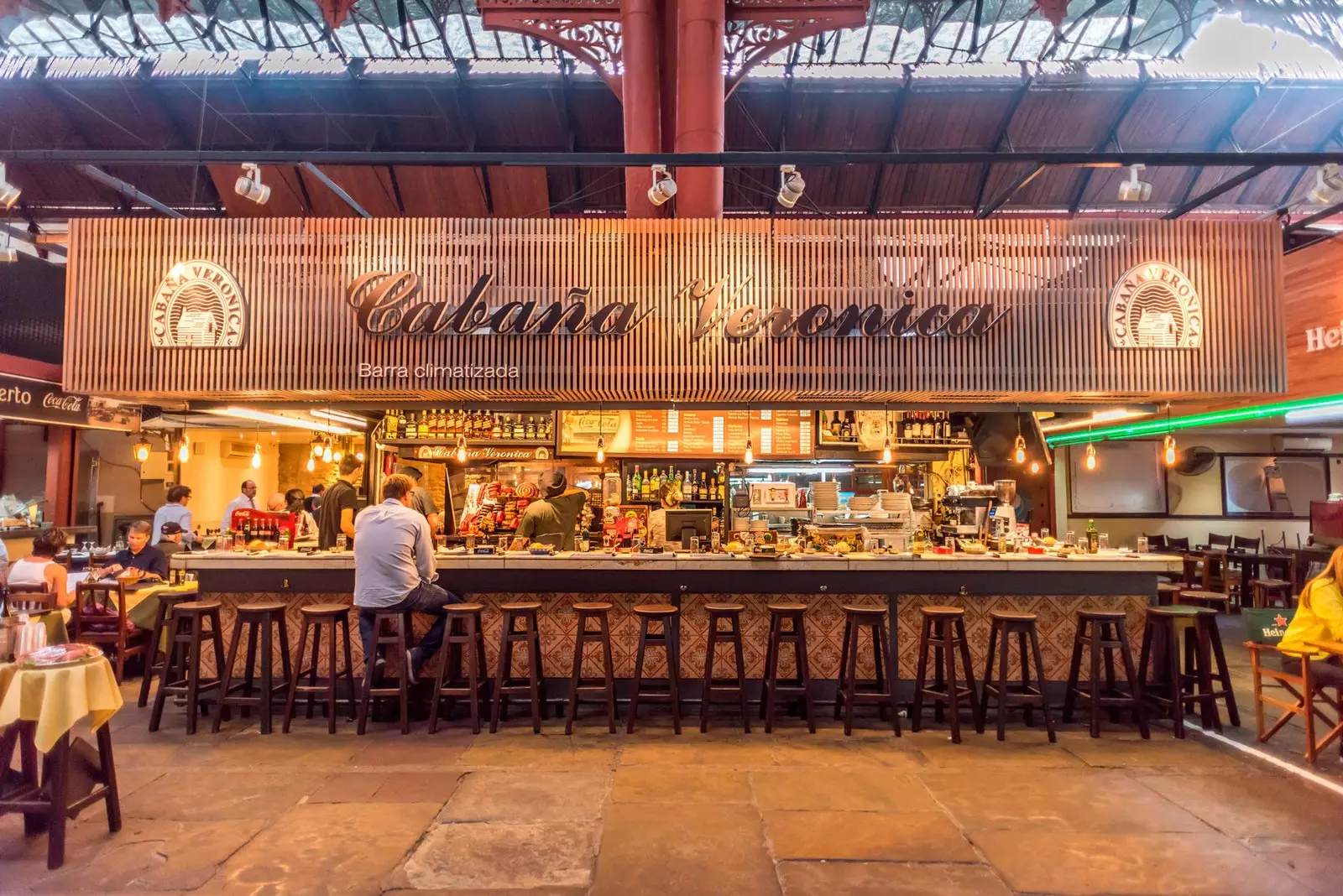
Veronica Cabin, in the Port Market
This 30 km promenade connects the bay of Montevideo with the beach of Pocitos between runners and skaters, boardwalks and parks such as José Enrique Rodó. In the green lung of the city the African drums of the candombe comparsas vibrate , especially between January and March when the longest carnival in the world is celebrated.
Also here, next to Playa Ramírez people relax, sunbathe and drink mate in this forest bathed by a small pond where pedal boats circulate.
From the Old City, taking the Sarandi pedestrian street towards the Plaza de Independencia, we pass through the Plaza Matriz, the Solís Theater or the Cabildo among coquettish cafes, bookstores, antique shops, fruit stalls and the sarcastic choral murgas that animate the area. Colonial, neoclassical, Art Deco, eclectic or neo-Gothic architecture is responsible for decorating it.
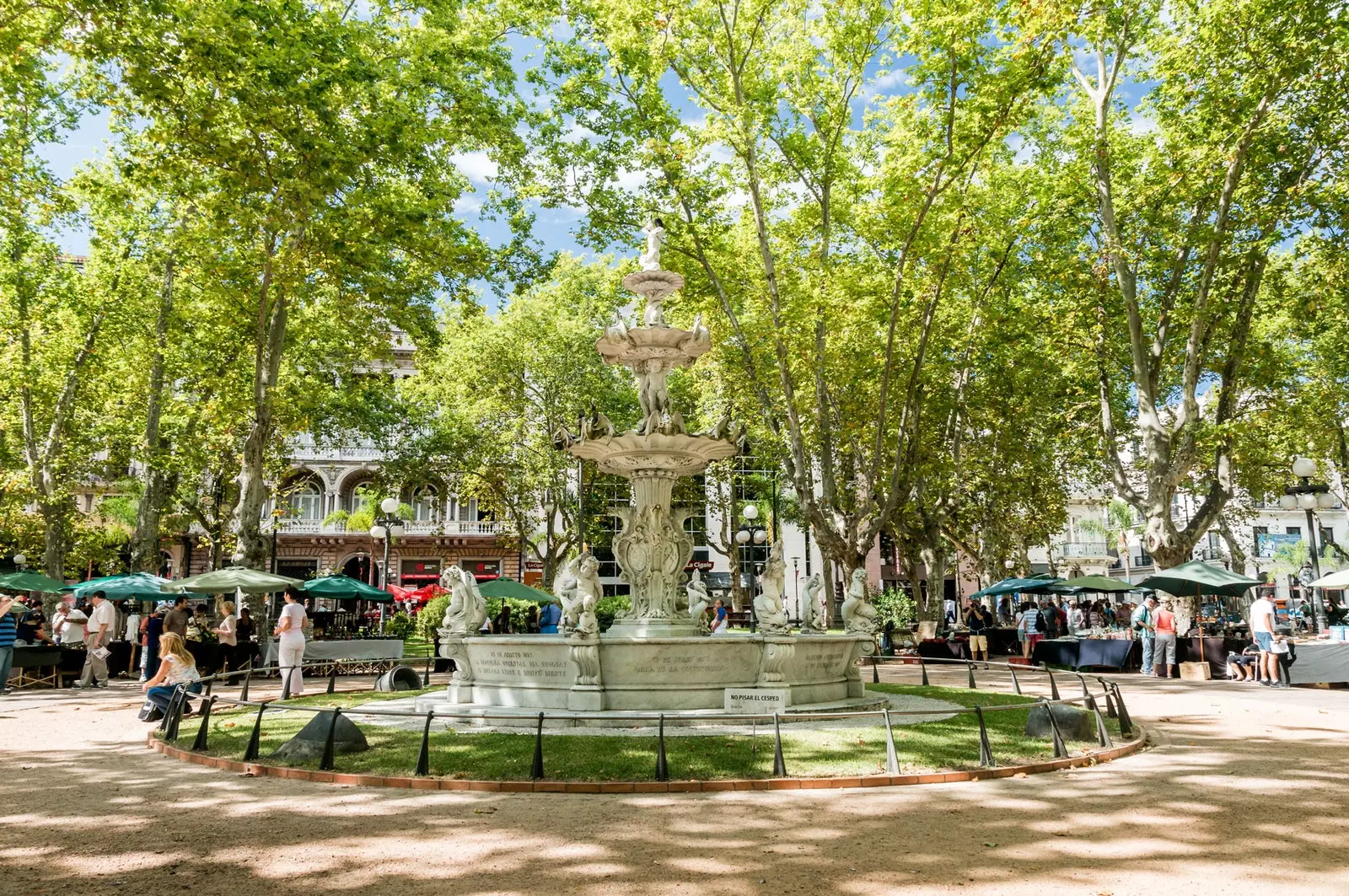
The emblematic Plaza Matriz
But this calm character and that aforementioned good-naturedness are incapable of satisfying the cultural and creative appetite of this bohemian city of countless museums, exhibition halls and galleries. Always on the vanguard.
Most of them are close to Avenida 18 de Julio, commercial and administrative axis of Montevideo , which leads us to our destination: Cordon neighborhood.
Another interesting stop before collecting here is the Market of Abundance. This fair was built in 1859 to supply the citizens of Montevideo with bread, wine, olive oil, yerba mate, salt, rice or meat.
Today, this gastronomic market and center of popular culture where tango classes are taught, it supplies the afternoons and nights of the center with its tasty and lively proposal.
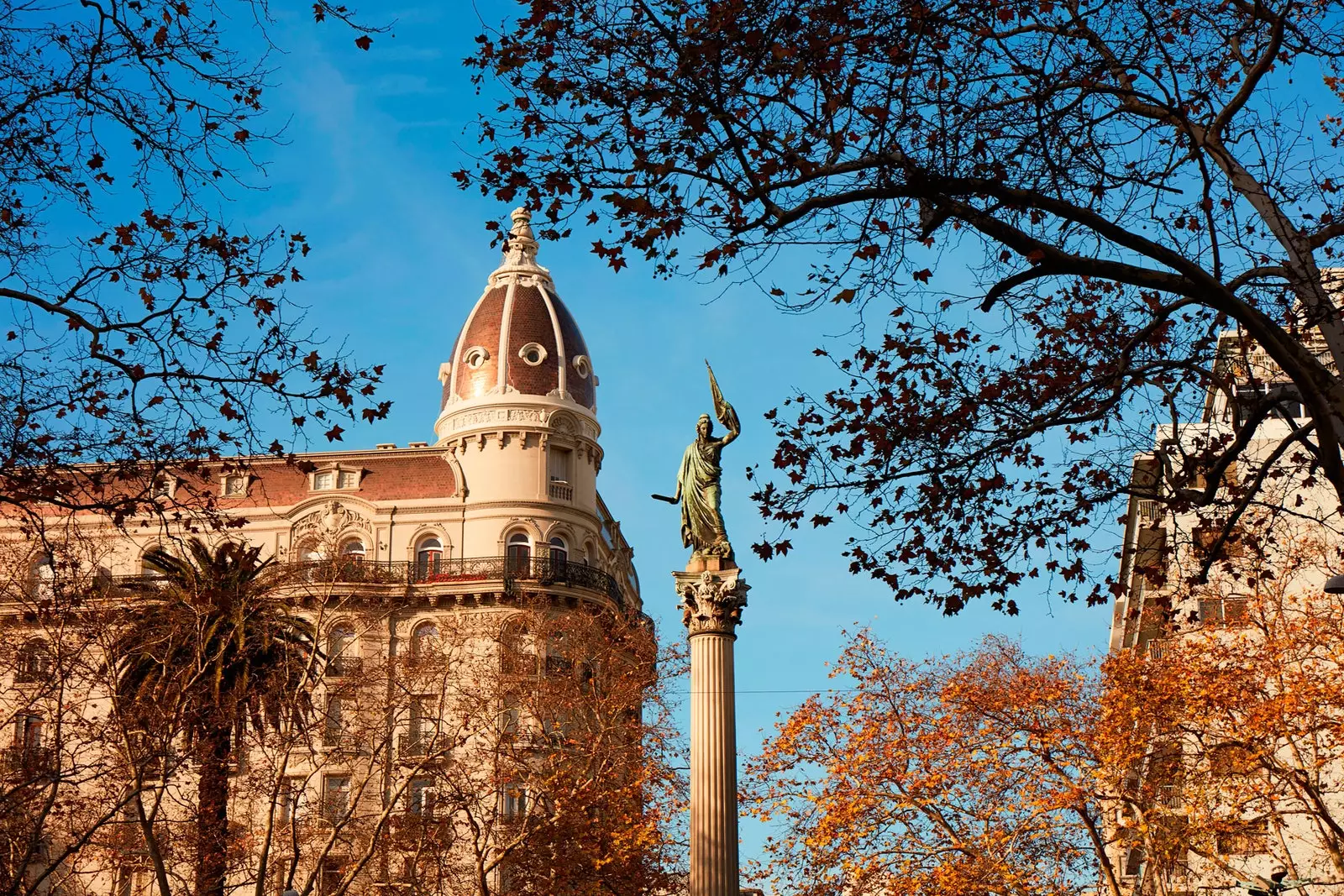
The Column of Peace, on Avenida 18 de Julio
ANOTHER SOHO IN THE RIO DE LA PLATA
“This is the coolest area in Montevideo. All the time they are opening places that add to the gastronomic and cultural offer of the neighborhood”, explains Juan Alcoba, Belgian craft beer in hand at the brewery of the ** Mercado Ferrando .**
This is one of the best places to start any night in the area, renamed by the businessmen themselves who they have propelled it as Cordón Soho.
The old uninhabited factories, warehouses and mansions have been reborn as modern spaces that house Leading national and international food restaurants, craft breweries, coworking spaces, exhibition halls or fashion stores of author next to pubs or bowling alleys (discotheques). The new Uruguayan essence is cooked here.
The Ferrando Market is one of its pioneers. Two years ago the young Belgian businessman Maxime Degroote converted this old furniture factory of 2,000 m2 in an effervescent gastronomic market with 22 different establishments where the Uruguayan character is mixed with the international Pantone.
“We have a very specific proposal, everything goes according to plan. We open from eight in the morning until one at night, from Monday to Sunday” explains the promoter.
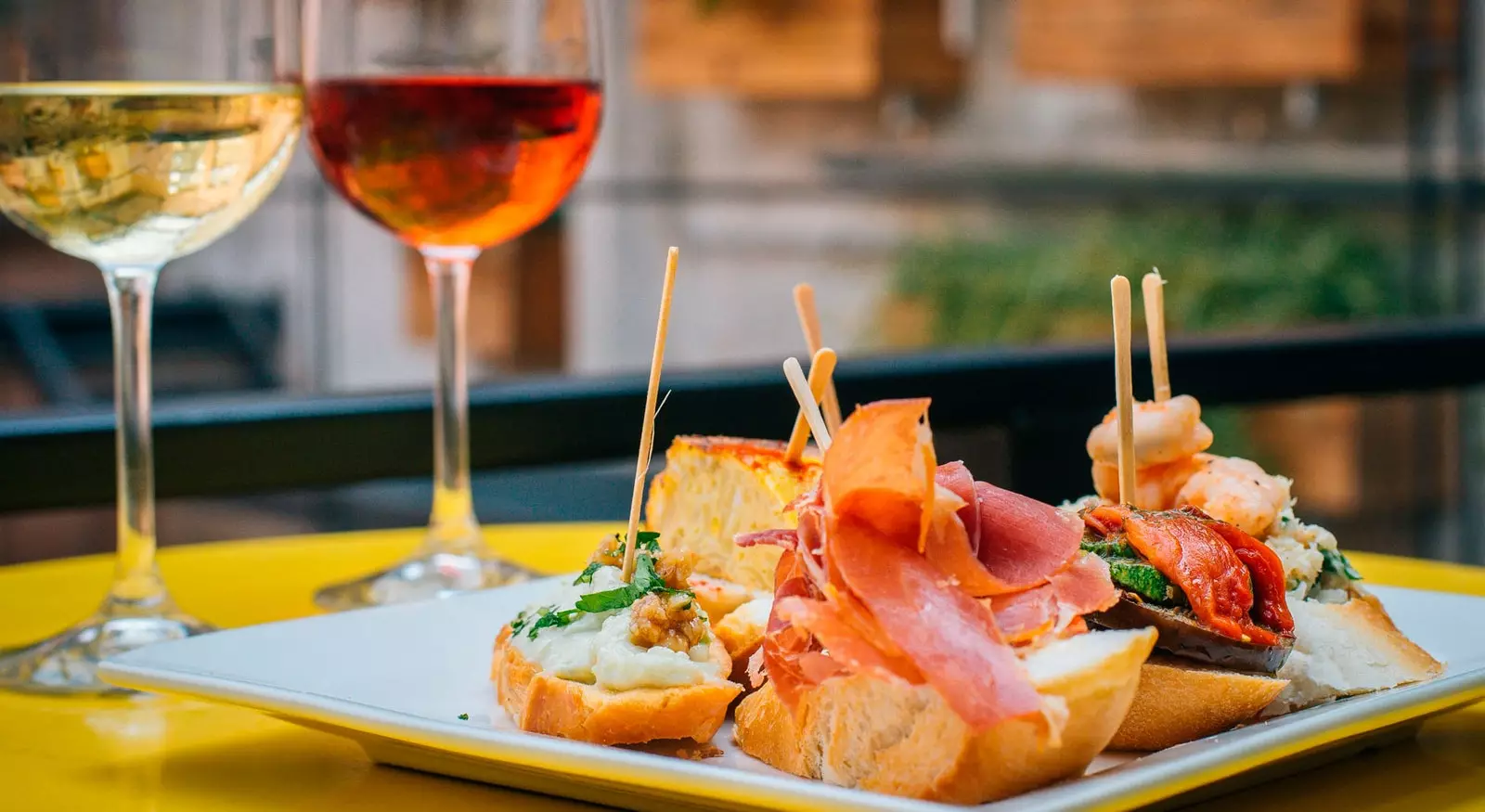
A most effervescent gastronomic market
Artisanal bakery and ice cream shop, record and vinyl store, wine shop with local products, bookstore, Neapolitan-style pizzeria, churrería or Hawaiian, Italian, Peruvian, Mexican or Uruguayan barbecue restaurant, of course. In the brewery they have 22 taps of different beers. For tastes, Ferrando.
The cord was the first neighborhood to be created outside the walls of the old Citadel of Montevideo and the last to take over the movement of those born between the eighties and nineties in Uruguay.
“For a few years it has seemed like a wise move to invest here” explains Degroote, “Each business has a different style and audience, but everything works. At least for now” he concludes. Here the nonconformity, the style, the flow and the "forbidden to get bored" are the premises.
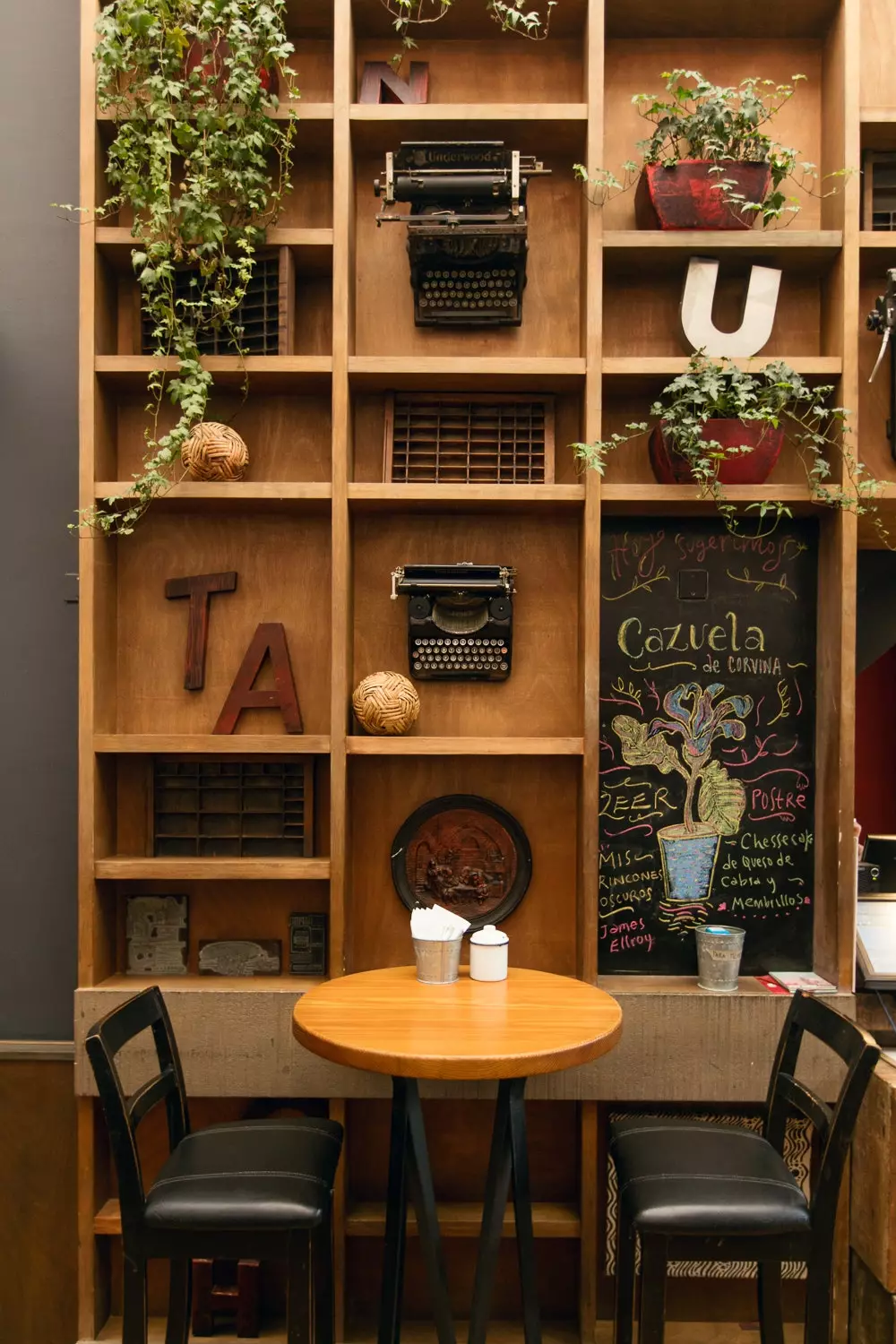
A coffee with books in Escaramuza
ANY DAY IN THE NEIGHBORHOOD
El Cordón stands out like no other place in Uruguay, but at a neighborhood rhythm. you can start with a coffee and a book in Escaramuza , keeping with a walk through Parque Rodo and then have lunch some eggplant parmesan at the Candy Bar. For a brunch? The terrace of the Ibarra bistro.
Synergy concentrates spaces of coworking, cooking classes, micro theater and the refreshing gastro proposals of Sinergia WTC and Sinergia Design. There is never a shortage of local DJ sessions to liven up the atmosphere in the evenings.

Do you do brunch?
As the night approaches, it gains strength the craft beer plan at the Malafama brewery , open from 8:00 p.m., or one of after work in any of the Ferrando.
The night of Uruguay moves to the rhythm of Cordón and Parque Rodó , where a large part of the city's clubs are concentrated, especially on the España Boulevard.
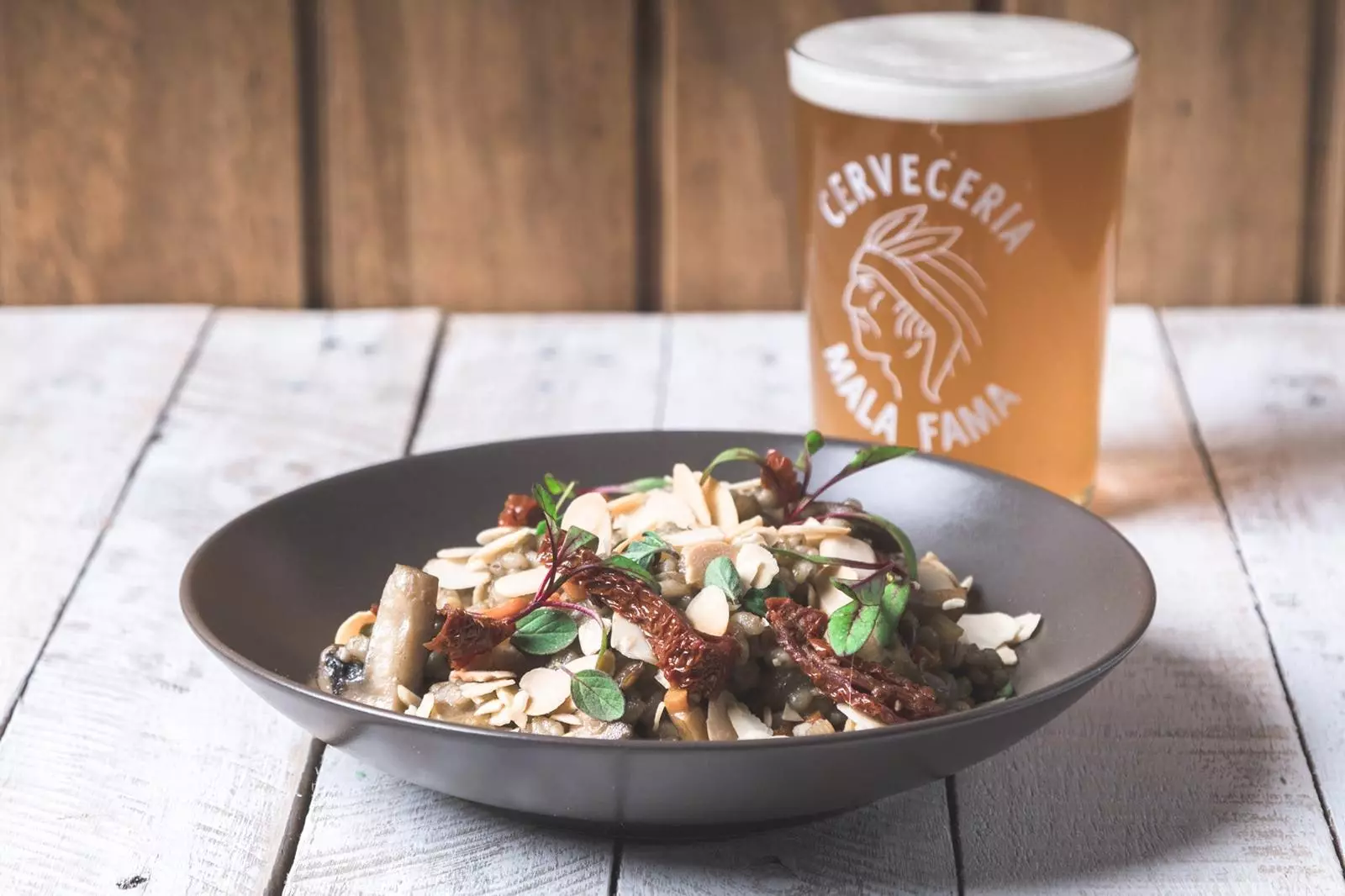
Craft beer? Of course!
Any ideas? It starts with ** El Bar Las Flores **, open for more than 40 years with the same aesthetics and the same success; either the Brickell Irish Pub, still the go-to Irish pub to listen to rock and roll, try the fast food gourmet version and the well-drafted beer.
It's getting late but don't worry. In Montevideo you go out after one in the morning. If you are looking for **an elegant and intimate bowling alley, find ThePutaMadre **, and if you are not afraid of crowds, ecstasy or **returning to the hotel at eight in the morning, few hesitate: Jackson Bar **. These things in the Cord happen.
